
Taxidermy is the art of preserving an animal's body by mounting or stuffing, for the purpose of display or study. Animals are often, but not always, portrayed in a lifelike state. The word taxidermy describes the process of preserving the animal, but the word is also used to describe the end product, which are called taxidermy mounts or referred to simply as "taxidermy".

John Gould was an English ornithologist who published monographs on birds, illustrated by plates produced by his wife, Elizabeth Gould, and several other artists, including Edward Lear, Henry Constantine Richter, Joseph Wolf and William Matthew Hart. He has been considered the father of bird study in Australia and the Gould League in Australia is named after him. His identification of the birds now nicknamed "Darwin's finches" played a role in the inception of Darwin's theory of evolution by natural selection. Gould's work is referenced in Charles Darwin's book, On the Origin of Species.

Relief is a sculptural method in which the sculpted pieces remain attached to a solid background of the same material. The term relief is from the Latin verb relevare, to raise. To create a sculpture in relief is to give the impression that the sculpted material has been raised above the background plane. When a relief is carved into a flat surface of stone or wood, the field is actually lowered, leaving the unsculpted areas seeming higher. The approach requires a lot of chiselling away of the background, which takes a long time. On the other hand, a relief saves forming the rear of a subject, and is less fragile and more securely fixed than a sculpture in the round, especially one of a standing figure where the ankles are a potential weak point, particularly in stone. In other materials such as metal, clay, plaster stucco, ceramics or papier-mâché the form can be simply added to or raised up from the background. Monumental bronze reliefs are made by casting.

A diorama is a replica of a scene, typically a three-dimensional model either full-sized or miniature. Sometimes it is enclosed in a glass showcase for a museum. Dioramas are often built by hobbyists as part of related hobbies such as military vehicle modeling, miniature figure modeling, or aircraft modeling.

Carl Ethan Akeley was a pioneering American taxidermist, sculptor, biologist, conservationist, inventor, and nature photographer, noted for his contributions to American museums, most notably to the Milwaukee Public Museum, Field Museum of Natural History and the American Museum of Natural History. He is considered the father of modern taxidermy. He was the founder of the AMNH Exhibitions Lab, the interdisciplinary department that fuses scientific research with immersive design.

James Rowland Ward (1848–1912) was a British taxidermist and founder of the firm Rowland Ward Limited of Piccadilly, London. The company specialised in and was renowned for its taxidermy work on birds and big-game trophies, but it did other types of work as well. In creating many practical items from antlers, feathers, feet, skins, and tusks, the Rowland Ward company made fashionable items from animal parts, such as zebra-hoof inkwells, antler furniture, and elephant-feet umbrella stands.

Dorman Museum is a local and social history museum on the town centre side of Albert Park, Linthorpe in Middlesbrough, North Yorkshire, England. It is one of two museums operated by the local borough council, along with the Captain Cook birthplace in Stewart Park. As of May 2024 the museum remains closed for renovations.

Martha Ann Maxwell was an American naturalist, artist and taxidermist. She helped found modern taxidermy. Maxwell's pioneering diorama displays are said to have influenced major figures in taxidermy history who entered the field later, such as William Temple Hornaday and Carl Akeley. She was born in Pennsylvania in 1831. Among her many accomplishments, she is credited with being the first woman field naturalist to obtain and prepare her own specimens. She was inducted into the Colorado Women's Hall of Fame in 1985.
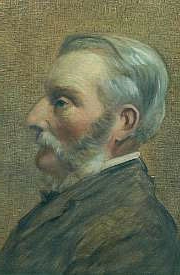
Walter Potter was an English taxidermist noted for his anthropomorphic dioramas featuring mounted animals mimicking human life, which he displayed at his museum in Bramber, Sussex, England. The exhibition was a well-known and popular example of "Victorian whimsy" for many years, even after Potter's death; however, enthusiasm for such entertainments waned in the twentieth century, and his collection was finally dispersed in 2003.

Van Ingen & Van Ingen, simply Van Ingen, or Van Ingen of Mysore (1900–1999) were Indian taxidermists located in Mysore, South India, best known for their tiger and leopard taxidermy trophy mounts. A History of Taxidermy. Art, science and bad taste states that Van Ingen factory processed more than 43,000 tiger and leopard trophies in less than 90 years of operation. Van Ingen & Van Ingen taxidermy today are still found throughout the world in the form of head mounts, full mounts, flat animal rugs, and rug mounts with heads attached.

Taxidermy, or the process of preserving animal skin together with its feathers, fur, or scales, is an art whose existence has been short compared to forms such as painting, sculpture, and music. The word derives from two Greek words: taxis, meaning order, preparation, and arrangement and derma, meaning skin. Directly translated, taxidermy means "skin art."

Glass art refers to individual works of art that are substantially or wholly made of glass. It ranges in size from monumental works and installation pieces to wall hangings and windows, to works of art made in studios and factories, including glass jewelry and tableware.
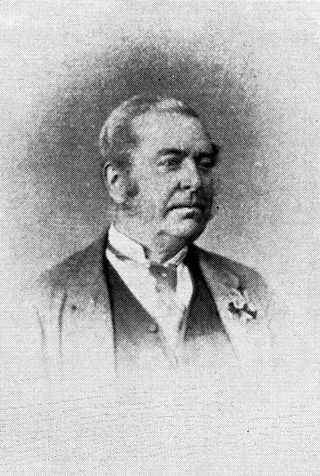
Henry Shaw was a notable nineteenth century English taxidermist working in Shropshire, England during the golden age of taxidermy when mounted animals became a popular part of Victorian era interior design.
The conservation and restoration of fur objects is the preservation and protection of objects made from or containing fur. These pieces can include personal items like fur clothing or objects of cultural heritage that are housed in museums and collections. When dealing with the latter, a conservator-restorer often handles their care, whereas, for the public, professional furriers can be found in many neighborhoods.
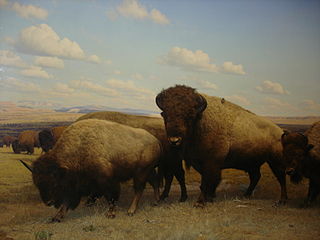
The conservation of taxidermy is the ongoing maintenance and preservation of zoological specimens that have been mounted or stuffed for display and study. Taxidermy specimens contain a variety of organic materials, such as fur, bone, feathers, skin, and wood, as well as inorganic materials, such as burlap, glass, and foam. Due to their composite nature, taxidermy specimens require special care and conservation treatments for the different materials.

Tocher and Tocher were a firm of Anglo Indian taxidermists located in Bangalore, India. William Tocher was born in India in 1853 and was of Scottish ancestry. William’s father, James, had arrived in India with the East India Company. William became involved in taxidermy as a hobby; he later started his own taxidermy business in 1906.

Sinclair Nathaniel Clark was a legendary taxidermy tanner, known throughout that industry for his expertise in tanning animal skins to give them the suppleness that taxidermists require to create lifelike, long-lasting displays. Tanning is the process of treating animal skins and hides for display and preservation. Because tanning is a behind-the-scenes operation of taxidermy, tanners are seldom known outside the industry.
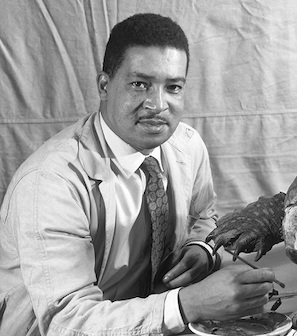
Carl Cotton (1918–1971) was an American taxidermist known for his work on exhibition development at the Field Museum of Natural History from 1947 to 1971. He was the first African American taxidermist at the Field Museum and, as noted by museum staff, likely the first professional black taxidermist in all of Chicago.

James Arnold Dickinson, MBE, is a British conservation-restoration taxidermist who repaired mounted animal skins and skeletons for museums in the United Kingdom for 40 years. Among his restoration works are the Leeds Irish elk, the Leeds polar bear, the Armley Hippo, and the Warrington seal.
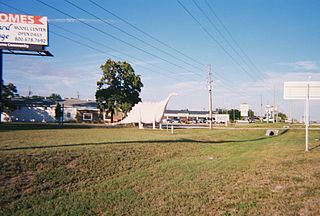
Dinosaur Wildlife was a tourist attraction and museum that was open from 1962 to 1998 off U.S. Route 19 in Spring Hill, Florida. A medium-sized building with a 60-foot (18 m) long hall filled with four rows of 28 display cases, as well as exhibits on the floor and walls, Dinosaur Wildlife presented a vast collection of taxidermy, particularly relating to Floridian insects and animals.

















